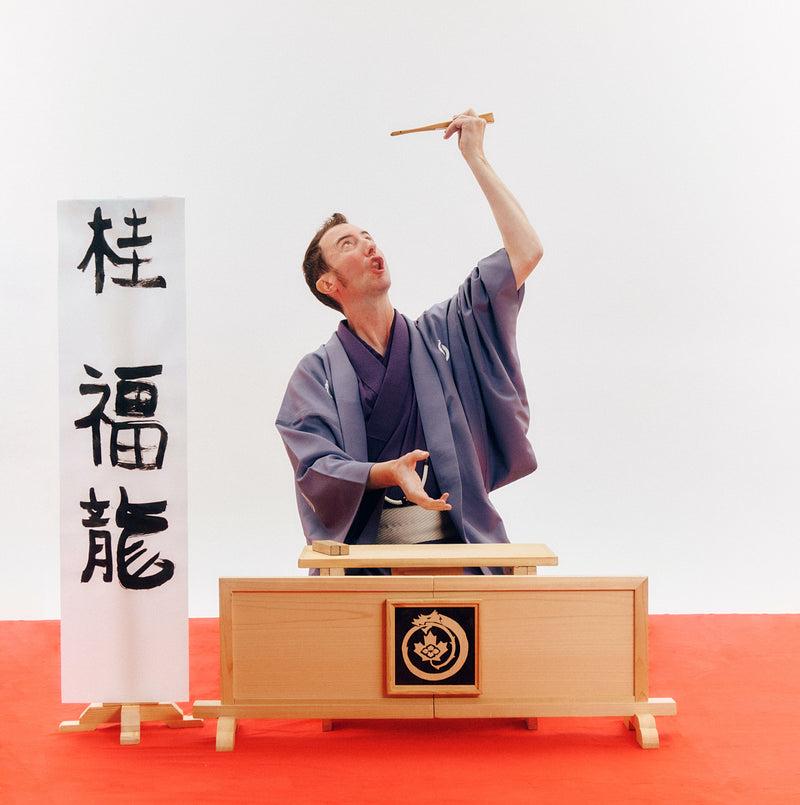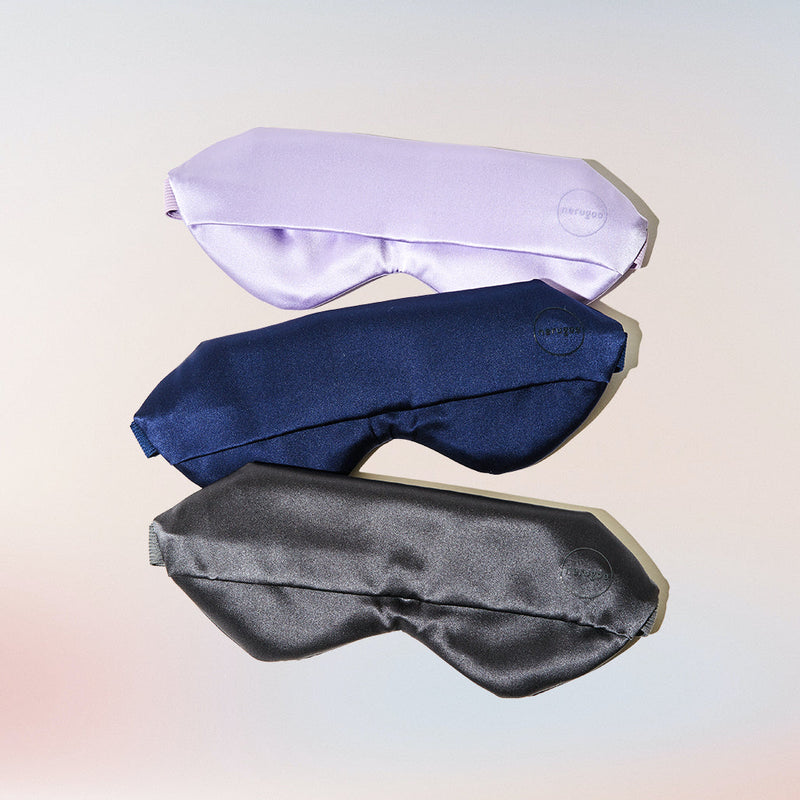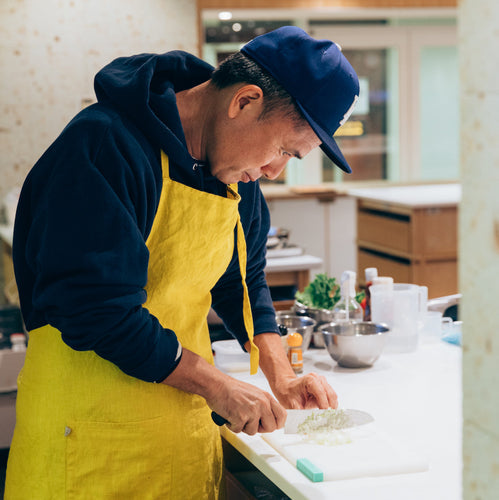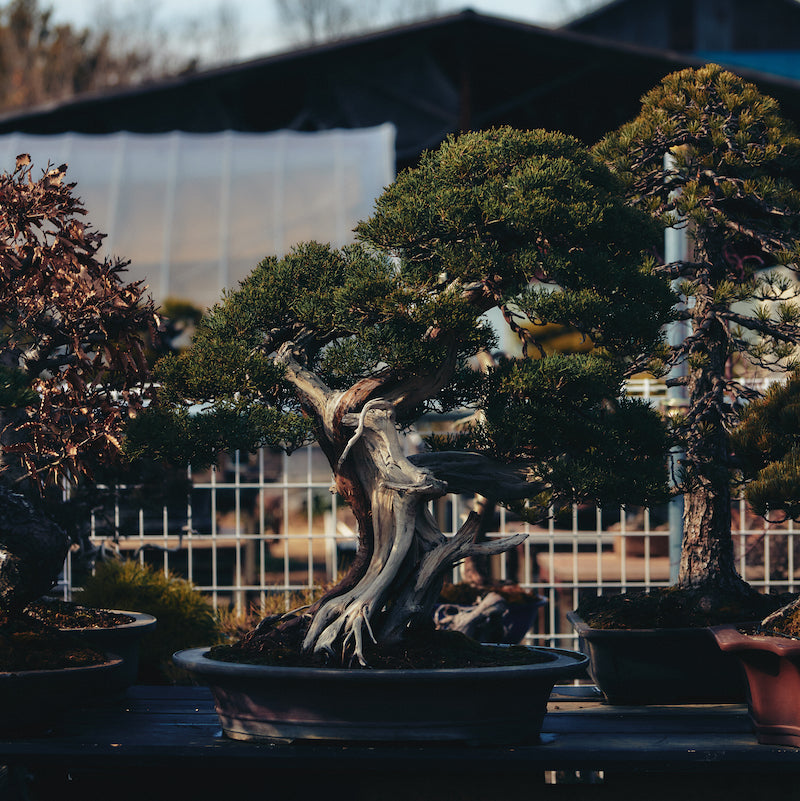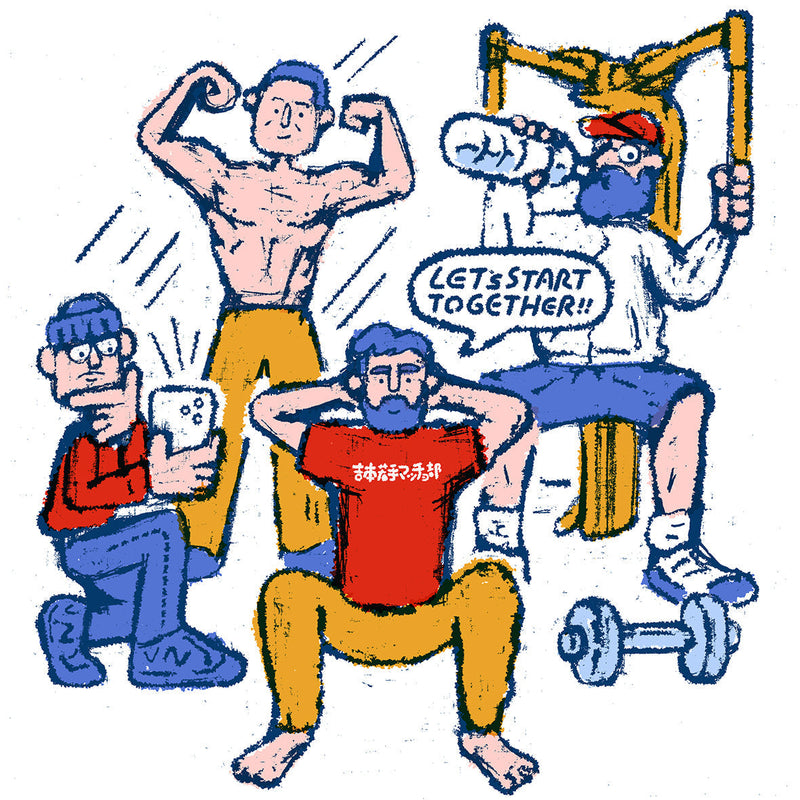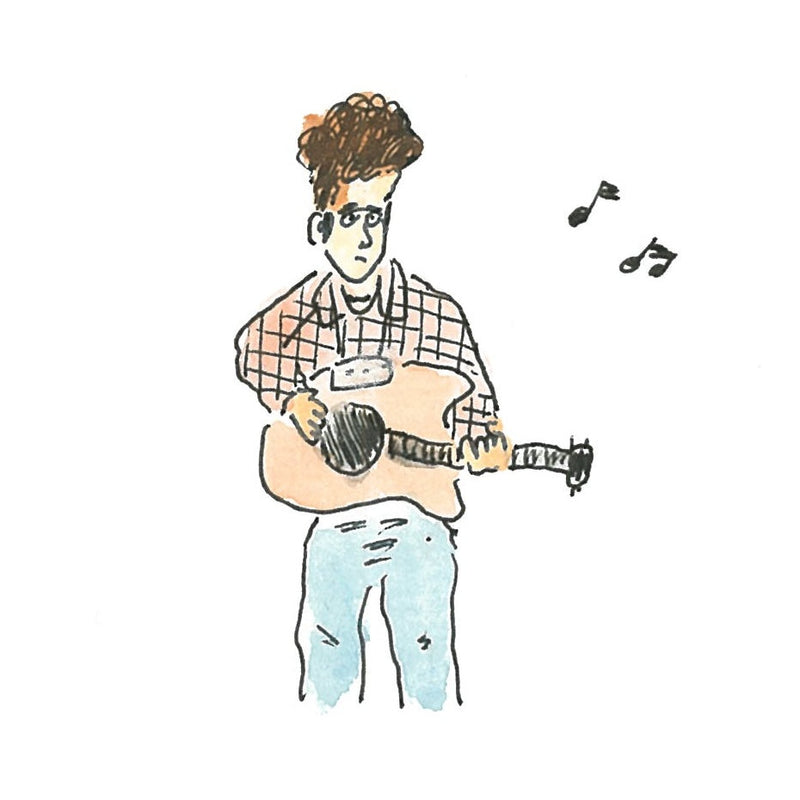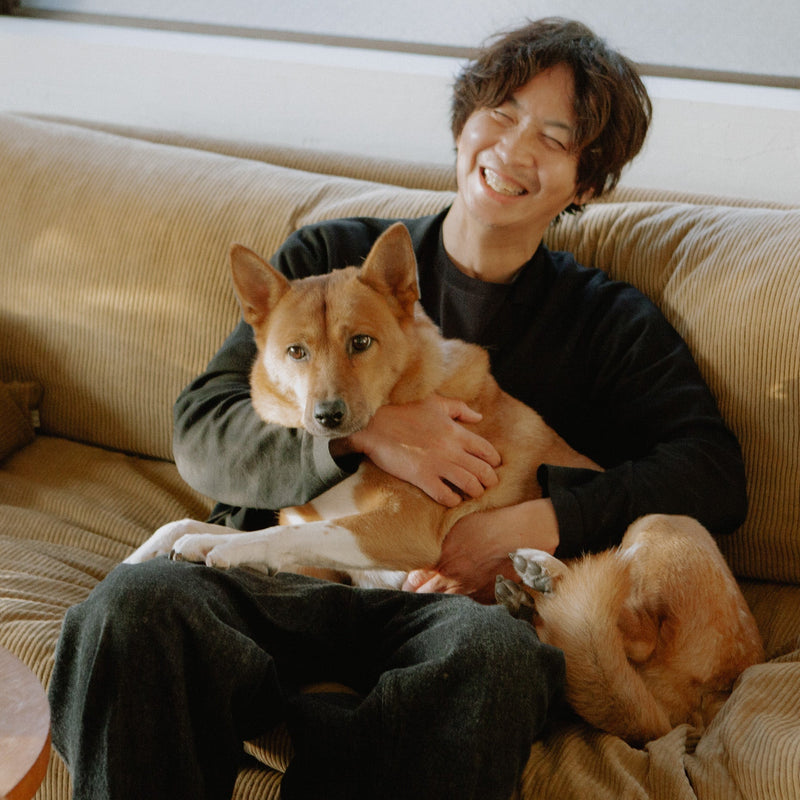-Did you always want to participate in road races?
Funamizu: I've always wanted to be on the show, and it's always been something I've always admired.
-When you were actually planning to race, what else did you prepare besides the bike?
Funamizu: It's a jumpsuit. I ordered it from Kadoya, designed by Nayu (Note: Shima Nayu, founder of TOKYO INDIANS, a true Indian lover). It's not a cheap purchase, so I started doing muscle training so that I could wear the jumpsuit properly and be careful not to show my belly (laugh).
-It's true that if your body shape changes, you can't wear leather jumpsuits anymore, so it feels like an unexpected by-product of staying in shape and staying healthy (laughs). How did you decide on the course when you first raced on the circuit? Was the qualifying session a trial run?
Funamizu: That's right (laughs). The basic rule of entering a corner from the outside and exiting from the inside is just what I had in mind, and it was a complete mess. I wanted to watch how a fast rider drove behind me, but I couldn't see them (because they were too far ahead). I could see the time on the meter, but I've never seen it.
-Eh, why?
Funamizu: I get so excited that I forget to check the meter (laughs).
-Even if you've been riding vintage bikes for over 20 years, that's what happens when you're racing (laughs).
Funamizu: Wow, the pleasure is just too intense.














